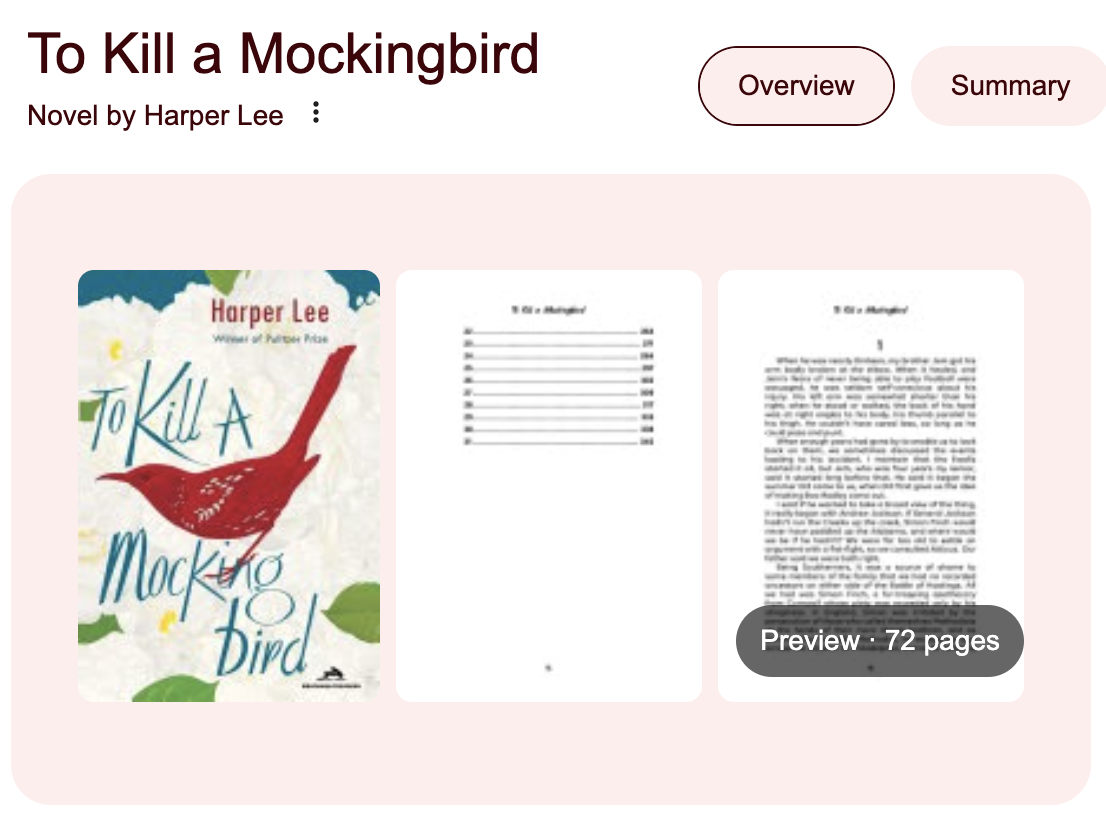“To Kill a Mockingbird” is a timeless masterpiece written by the legendary American author Harper Lee. Although it remains her only full-length novel, its profound impact on literature and society is undeniable. With themes of racial injustice, moral integrity, and the loss of innocence, this book continues to resonate with readers of all ages and backgrounds.
Synopsis
Set during the Great Depression in the fictional Southern town of Maycomb, the story unfolds through the eyes of six-year-old Scout Finch. Her father, Atticus Finch, a principled lawyer, decides to defend Tom Robinson, a Black man falsely accused of raping a white girl. Despite overwhelming prejudice and societal pressure, Atticus fights for justice, teaching his children the values of empathy, courage, and moral conviction.
The novel’s title symbolizes the idea of innocence, represented by the mockingbird—a creature that does no harm but brings beauty to the world. As Atticus explains, “It’s a sin to kill a mockingbird,” alluding to characters like Tom Robinson and Boo Radley, who suffer due to societal prejudices despite their pure intentions.
Why This Book is a Must-Read
- Exploration of Racial Injustice
Harper Lee poignantly addresses systemic racism, showing how deeply ingrained prejudices shape lives and outcomes. The trial of Tom Robinson mirrors real-life cases, emphasizing the devastating consequences of bias. - Lessons on Empathy and Morality
Through Atticus Finch’s wisdom, readers learn the importance of understanding others’ perspectives. His advice, “You never really understand a person until you consider things from their point of view,” is a guiding principle throughout the novel. - Narration Through a Child’s Perspective
Scout’s innocent and candid observations provide a fresh lens to examine complex issues, making the heavy themes approachable and deeply moving. - Rich, Memorable Characters
From the enigmatic Boo Radley to the fiery Mrs. Dubose, every character adds depth and nuance to the narrative. Each subplot interweaves seamlessly, enriching the main story.
Cultural and Historical Significance
Published in 1960, “To Kill a Mockingbird” became an instant classic, earning the Pulitzer Prize and later being adapted into an Oscar-winning film. The novel not only reflects the historical context of its time but also serves as a mirror for contemporary issues. Former U.S. President Barack Obama praised the book, highlighting its enduring message of standing by one’s principles despite societal opposition.
Takeaways for Readers
This novel challenges us to confront uncomfortable truths about society and ourselves. It prompts readers to question:
- How do prejudice and discrimination arise?
- What does it mean to uphold justice in the face of adversity?
- Can we truly understand others’ struggles without walking in their shoes?
Conclusion
“To Kill a Mockingbird” is more than just a story; it’s a moral compass that has guided readers for generations. With its profound themes, vivid characters, and timeless lessons, it is a book that everyone should read at least once in their lifetime.

